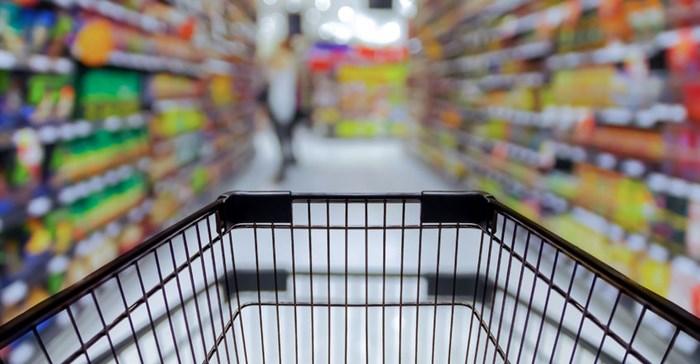Economic growth
South Africa has been lacking any real growth drivers over the past year, and estimates for 2017 gross domestic product (GDP) remain lacklustre, albeit slightly better than in 2016. The International Monetary Fund is projecting growth of 0.8% this year, while the South African Treasury predicts growth of 1.3%.
On the fiscal side, the government is trying to manage the deficit as best it can with Finance Minister Pravin Gordhan at the helm, but the slow economy and a small but highly taxed base makes it harder to grow government revenues. Revenue is dependent on a healthy tax base, but the percentage of households receiving at least one social grant increased to 45.5% in 2015 from 29.9% in 2003.
Higher food and fuel prices ignited inflation last year, but we believe better rains, more abundant crops and a stronger currency should help prices stabilise, along with interest rate stabilisation or even a rate cut. Overall, we are cautiously optimistic but think the situation will remain tough. The South African consumer will likely continue to remain under pressure from higher utilities, transport costs, low wage growth and constrained credit.
South Africa’s debt position is not as bad as some other countries’ (including Brazil), although the government debt-to-GDP ratio has risen to 46% today from 25%–30% in 2008. There is a general consensus among observers that plenty of government waste exists, with unnecessary spending, corruption, public sector inefficiencies and inflated pricing. At the same time, the government’s wage bill is rather high; the number of people employed in the public sector increased to 2.69m at the end of the 2014 from 2.16m in 2008.
Banking sector
Consumer finance is a big business in South Africa and one we were interested in learning more about from an investment standpoint. Aggressive and innovative firms and retailers have been able to penetrate lower income groups that major banks had not previously serviced. The executives at a consumer finance firm my colleagues and I visited told us the company has been adding thousands of new customers every month and is servicing millions of clients.
Looking at the economic environment, they said despite the county’s high unemployment rate and high risk of unsecured lending, they have a wide gap between the average lending rate and cost of funds, which has brought in good profits. However, they noted the default rate is rather high.
South Africa essentially has a multi-tier economy with consumers at various levels of income, education and access to technology. While in many parts of the world banks are closing fully staffed physical branches and replacing them with ATMs or computer links, I was a bit surprised to hear of plans to increase physical branches in South Africa.
Physical branches are still needed in order to interact with lower-income customers who are not familiar with banking and need the face-to-face interaction. The officers told us that in many cases, personal financial education is needed with the customers to ensure they understand payment schedules and the like. The firm we visited also has a dedicated information technology staff, of course, and can do credit checks in seconds.
Retail sector
South Africa has a large and established formal retail market. We visited a fashion and household goods retailer that also had an internal financial services division providing credit to consumers. Like many other South African firms, it has been able to expand overseas via acquisition.
A South African supermarket chain we visited likewise had grown and expanded into other African countries and also into other lines of business. The management we spoke with felt the potential for Africa was huge relative to other markets, including Eastern Europe, Latin America and Asia. Nevertheless, poor infrastructure in countries in sub-Saharan Africa has presented a challenge to expansion there.
Internet penetration in the retail business is low in South Africa; various reports show online sales of general merchandise, electronics and clothing are only about 1% of total sales. Improved internet infrastructure and penetration has been a barrier to growth. However, things do seem to be improving as more high-speed fibre cable is being laid, and the mobile networks have been improving coverage and data speed in the country.
An executive told us many South Africans were apprehensive about purchasing clothing online, preferring to go into a store and try garments on. He expects spending patterns to change, with the younger generations now more comfortable shopping online and embracing foreign brands, too.
While South Africa has its challenges, the consumer sector is one where we continue to search for potential opportunities. We think economic improvement and the increased spread and acceptance of technology could prove drivers for companies in this space.
Read the first chapter of Mark Mobius' take on South Africa here.












































